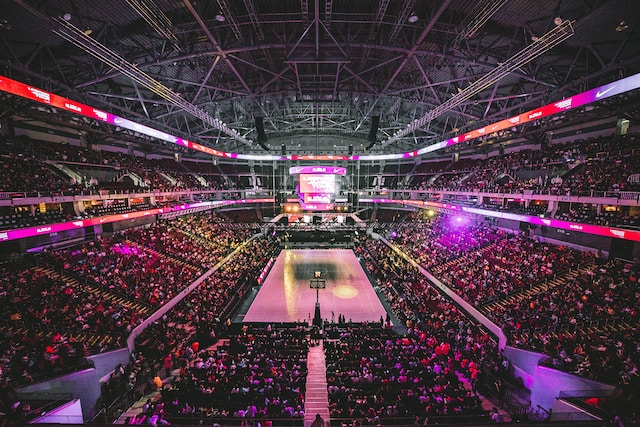The mysterious, enthralling and absorbing world of fireworks, with its shock waves, zips, vibrations, sonic booms and thunderclaps, sudden releases of light and energy and rolling concatenations has received more and more press in the past two decades as the industry has matured and become truly global.
Large fireworks extravaganzas including Fourth of July in the United States, Chinese New Year and the Olympics Games, not to mention obligatory end of day shows at theme and amusement parts like Disneyland, are the centerpiece of large public social celebrations, festivities and religious events. Spectators re-experience the universally coveted wonder and wizardry of childhood. Annual fireworks competitions take place throughout the world to crown a pyrotechnic company at the pinnacle of the industry.
The mystique of fireworks can be traced to 7th century China when “ancients” invented fireworks. The technologies of gunpowder, flames and colors hasn’t changed much since then. Modern fireworks have added electrical fuses, controllers run by complex software, switchboards and groupware allowing more forethought, theming, intricate planning, and execution of events. Other modern advances include use of oxidizing, reducing and coloring agents, binders, tinters, regulators and perchlorates so firework burn rates, speed of release and explosions are exactly timed.
Following is the SoBe (South Beach, Florida) 2011 Happy New Year Fireworks by Zambelli Fireworks. Nice 2:29 min. with climax:
Fireworks Require Methodical and Diligent Handling
To attain the desired pattern and “melody of effects” requires precisely arranged chemical elements and fuel. There are dozens of fireworks including: sparklers, skyrockets, peonies, chrysanthemum blossoms, willows, ground bloomed flowers, horse’s tails, roman candles, dragoons, with more created each year. Shells can be multi-break or stage and include a variety of noise elements including fizgigs, screechers, wooshers, squibs, bangers, whirrers, whizzers, pealers, poppers and vroomers.
How Firework Colors are Produced
To produce different colors in fireworks metal salts such as sodium nitrate, which emits yellow light, and calcium chloride, which emits deep orange, are heated; atoms in these elements absorb energy and release specific colors of light as the electrons expend stored energy. The amount of energy released is a characteristic of each element and is directly related to the wavelength and color of light.
Firework Delivery System: Stars
In building a firework metal salts are encased in aptly named “stars” or small clay cubes or balls 1-2 inches (3 to 4 cm) in diameter. As the stars are ignited light and sound effects are created. Stars are carefully packed into compartments inside a shell where they are ignited using time delay fuses.
Fireworks are launched into the air like space rockets via exothermic combustion. Lift power is generated by the ignition of black powder created in China over 1000 years ago; the powder explodes at a rate of 12 feet per second (3-4 m/s). Launching a firework requires a launch tubes or mortars so when ignition takes place trapped gas pressure builds forcing the firework high into the air.
Injuries & Fireworks
According to the US National Council on Fireworks Safety, one third of injuries are caused by illegal fireworks and burns account for one half of injuries.






